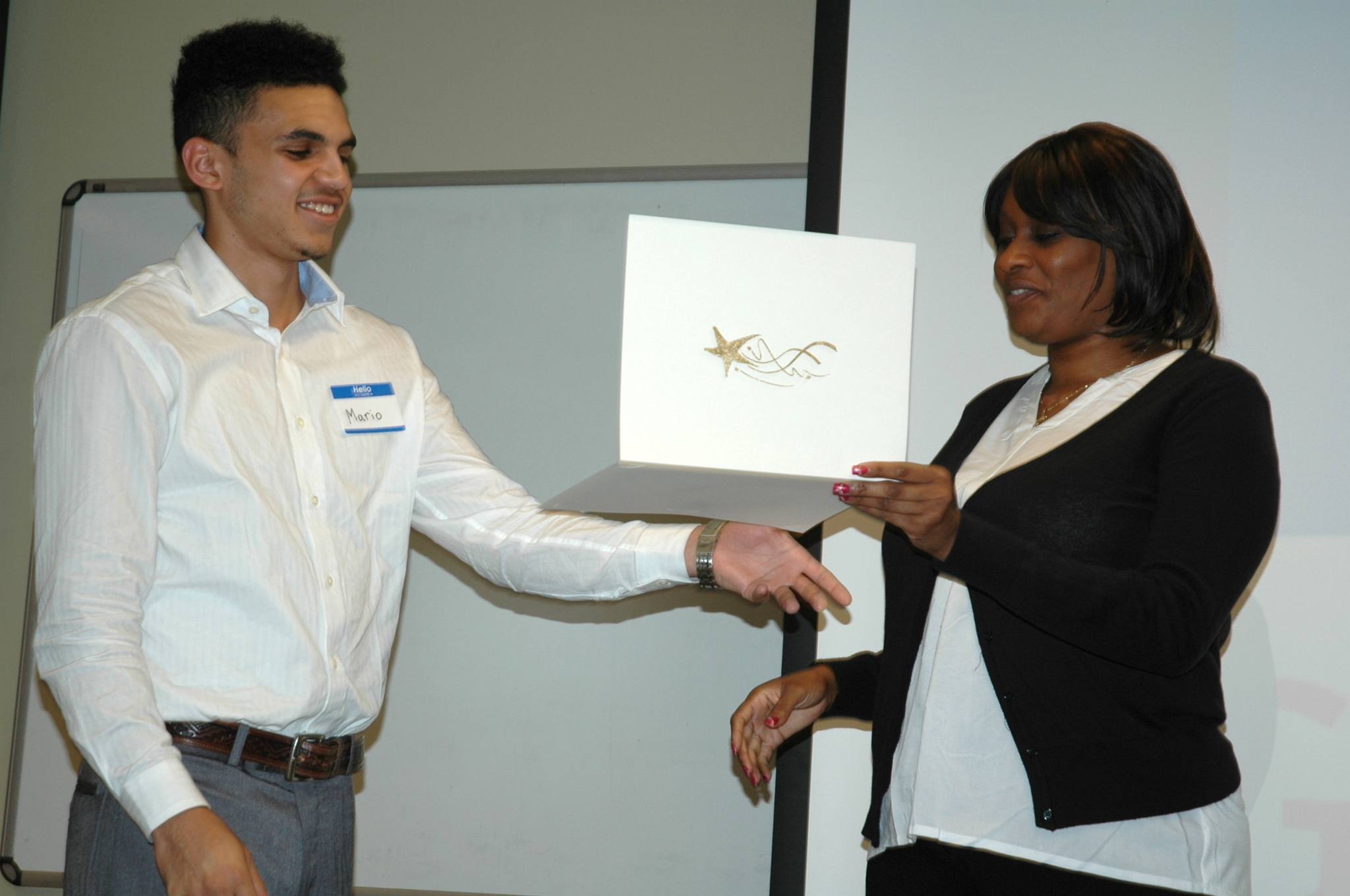TULALIP — When the Seattle Goodwill started its Youth Aerospace Program five years ago, it was aiming to take advantage of the high density of aerospace manufacturing expertise in Snohomish County.
But as Andy Herbst, director of its job training and education center, explained to the 16 students of the local aerospace program’s most recent graduates June 24, the course was also based on a belief in their potential.
“We wanted to give you a chance to create economic opportunities for yourselves,” Herbst said at the Tulalip Administration Building, where the ceremony took place. “Compare yourselves when you started the program to where you are now. Have you tapped into that potential?”
Herbst acknowledged that the students are at “a weird age, when we still talk to you like you’re children, but expect you to act like adults,” but he commended them for choosing a course for their future, and following through with it.
Herbst’s praise was echoed by Tania Siler, manager of the Marysville Goodwill’s job training and education center, and Monique Edwards, supervisor of the aerospace program.
“It takes teamwork to make the dream work,” Edwards said, crediting the students’ families with helping them stay on track through the demanding course.
The program requires its students to graduate from high school and continue with the course for two years, during which they’re taught not only about aerospace, but also “soft skills” such as budgeting, time management and how to conduct themselves for job interviews.
Edwards and Siler agreed this class cared about each other.
Lisa Marone, an education and employment navigator for Everett Community College who was part of the program, warned the students against adopting an “I’m just a …” mentality.
“You’ll hear people say, ‘Oh, I’m just a receptionist,’ when a receptionist can be the most important part of a company,” Marone said.
She applied that to the aerospace jobs that the students have trained for, pointing out that starting in assembly work at Boeing puts them in line to become mechanics making $35 an hour.
“What you’ve done in this class, and what you’ll go on to do in your jobs, is improve yourselves and the companies you work for,” Marone said.
Graduate Alex Moore was singled out for learning to address large crowds in spite of her shyness. Moore herself recounted how she and her classmates had not only learned about computer design, but also volunteered for community service organizations such as Housing Hope.
“We had to do all this while keeping our grades up and graduating on time,” Moore said. “This taught me how to move out and find my own job. I’ve always been so nervous, so I thought the real world would be scary, but I’ve never been more confident to face it.”
Edwards also called up graduate Mario Senter to talk about the challenges of being people of color.
“Mario and I butted heads at first, though,” Edwards laughed. “He’s going to do whatever the hell he sets his mind to, but I learned to use that.”
Edwards recalled how Senter became a favorite mentor of the fourth- and fifth-graders at the Boys & Girls Club.
“If he wasn’t there, they would always ask, ‘Where’s Mario?'” Edwards said.
Senter admitted that his stubbornness got him into trouble before the Youth Aerospace Program.
“I didn’t know who I was or who I wanted to be,” Senter said. “I didn’t care that I was missing out on my high school career. I wasn’t fitting in, so I was getting into fights. I was destructive to myself and those around me.”
Senter credited the program with encouraging him to think twice about his decisions.
“The people here supported me and put a smile on my face,” Senter said. “Like any family, we still butt heads sometimes, but we’re there for each other. Now I’ve learned how to focus on what’s in front of me. Now I know what I want to be.”


